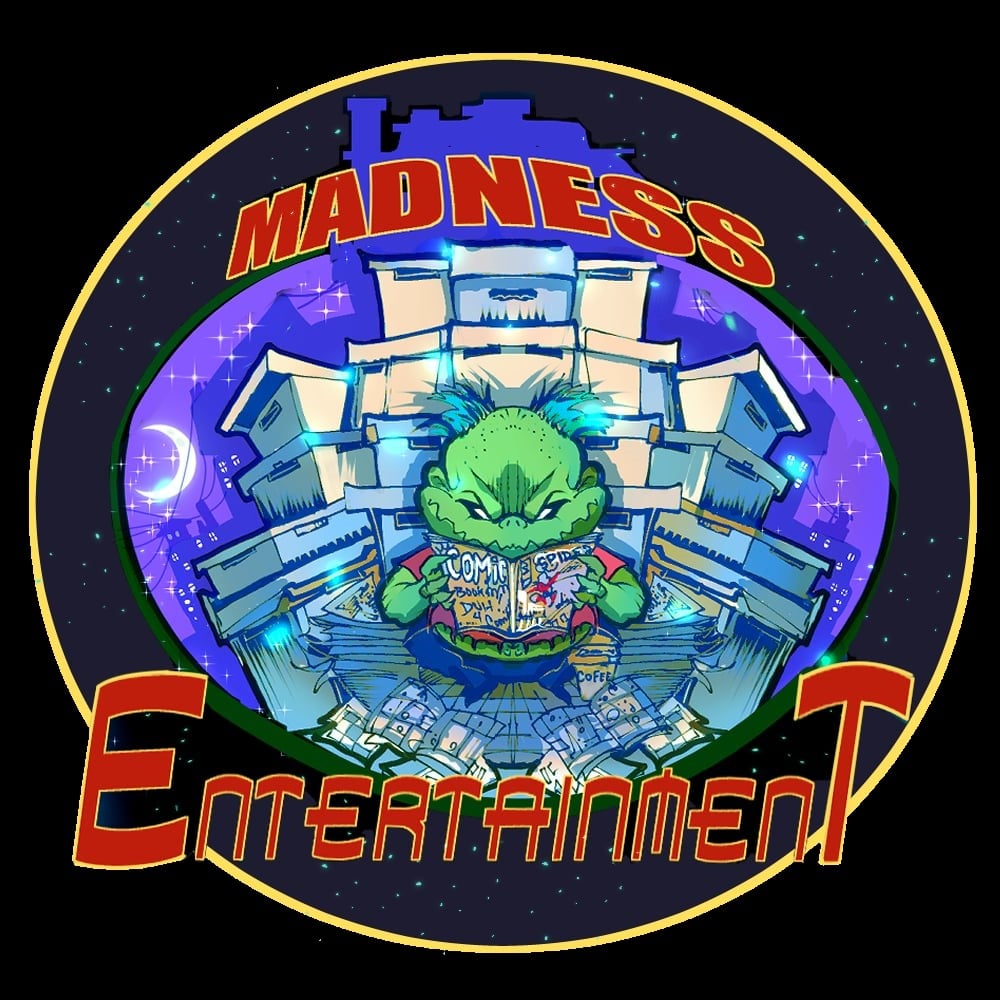You are here
Home › Movies › RETRO REVIEW: 1983's 'Angst' Offers Disturbing Gaze Into The Psychopathic Mind ›RETRO REVIEW: 1983's 'Angst' Offers Disturbing Gaze Into The Psychopathic Mind
FTC Statement: Reviewers are frequently provided by the publisher/production company with a copy of the material being reviewed.The opinions published are solely those of the respective reviewers and may not reflect the opinions of CriticalBlast.com or its management.
As an Amazon Associate, we earn from qualifying purchases. (This is a legal requirement, as apparently some sites advertise for Amazon for free. Yes, that's sarcasm.)

There’s a saying: ‘All monsters are human’. Melodramatic, perhaps, but also true. The supernatural beings that permeate folklore have shaped the horror genre in innumerable ways, but nothing—nothing—is more frightening than a diseased psychopathic mind. Vampires, demons, ghouls, werewolves, poltergeists, extraterrestrial invaders, each can be rationalized away as dreams, hallucinations or eyewitness error, but the murderous acts perpetuated by one human against another are undeniably real and sadly commonplace.
Horror filmmakers have a long history of mining the annals of true crime; cross-dressing Wisconsin necrophile and cannibal Ed Gein infamously inspired not one, but three works of silver screen terror: 1960’s Psycho, 1974’s The Texas Chainsaw Massacre, and 1990’s The Silence of the Lambs. Mick Taylor, the charismatic Aussie killer of Wolf Creek, its sequel and subsequent TV series, was based on real-life multiple murderer Ivan Milat. Somewhat lesser known, however, is Austrian Werner Kniesek, whose atrocities were fictionalized onscreen in Gerald Kargl’s disturbing 1983 masterwork, Angst.
On the day he’s released from a ten-year stint for the attempted murder of his mother, an unnamed psychopath (referred to as ‘K’ in the credits and played with twitchy, bug-eyed perfection by Erwin Leder) is consumed with the urge to kill. Taking his few meager belongings, he leaves prison, hails a taxi and immediately tries to strangle the female driver. After that fails, K breaks into a random house and discovers a handicapped, mentally-challenged man (Rudolf Götz); when the man’s elderly mother (Edith Rosset) and comely twenty-something sister (Silvia Ryder) return home, the movie’s sadistic centerpiece begins.
During an intense and intricate sequence that consumes nearly half the film’s 84 minute runtime, K strangles the mother, duct tapes the sister to a doorknob and drowns the brother in a bathtub, all the while we’re privy to a disquieting inner monologue about his own dark family past. At one point a chase through an underground tunnel ensues after the sister temporarily escapes, but K stabs her to death, then gorges on (and regurgitates) her blood. He then packs the corpses in the trunk of the slain family’s car, cleans himself up, and promptly gets into a fender-bender, after which he reveals his heinous handiwork to arriving police and spectators, basking in their fearful, appalled reactions.
Other movies, past and present, have utilized the murderer’s point-of-view—William Lustig’s gritty 1980 film Maniac (and its superb Elijah Wood-starring 2013 remake) and 1986’s Henry: Portrait of a Serial Killer (itself based on the criminal exploits of mass murderer Henry Lee Lucas) come immediately to mind—but Angst (German for ‘fear’) is a far more intimate beast than any of those works. The audience is firmly lodged in the mind of K from start to finish: we see what he sees, experience what he experiences, without a single break in the relentless pace or shred of comic relief. With minimal (subtitled) dialogue, K’s stream-of-consciousness first-person narration becomes the viewer’s only tenuous human link, and Kargl’s inspired use of camerawork perfectly matches the killer’s state of mind: there are times when the lens seems to float lazily around the psychopath in a surreal 360° panorama, and others where every shot is intentionally choppy and frenzied (a scene near the beginning showing K eating sausage at a diner in extreme teeth-gnashing close-ups is particularly unnerving).
It’s Leder’s bravura lead performance, however, not camerawork or the movie’s chilly, suffocating cinematography, that earns Angst its stripes. Gangly with unkempt hair and a feral gaze, his is the possessed look of a man hungry for blood in a way Dracula could never match. Forget Jason Voorhees, Jigsaw, or even Hannibal Lecter: this is the face of cinematic death, more realistic and truer to life than any slasher. K’s thoughts and actions are soundly disorganized; he picks his victims on a whim and commits murder with whatever implements are at hand. But unlike most horror movies, these ‘kills’ aren’t glamorized, fetishized, or tongue-in-cheek—they’re ugly, savage struggles, and thoroughly more vicious because of it.
Upon its initial early-’80’s release Angst was banned throughout Europe. While not overtly gory when compared to the torture porn excesses of the new millennium, the film’s unflinching depiction of violence was considered obscene by censors of the day. The experience dampened Kargl’s previously ascendant career; he never made another feature, choosing instead to build a resume as a commercial director. Calling Angst a cult film, though, is inaccurate; such movies, having been snubbed during their theatrical run, eventually develop a devoted fan base through re-releases or home media. Angst shares more in common with lost films: the bans prevented it from being seen until well into the 21st century (even in America it wasn’t available until 2015), and without word-of-mouth to keep its reputation alive, Kargl’s masterwork fell into a strange celluloid limbo, largely unknown by contemporary and modern audiences alike.
Bleak, unforgiving, unerring in execution, Angst was ahead of its time and now awaits discovery by a new generation. Without a doubt the most engrossing film I’ve watched thus far this year, Kargl’s lost effort earns the full 5 (out of 5) on my Fang Scale. For those interested, the movie is available to stream for free on Tubi and would make ideal Halloween viewing for the seasoned horror fan who mistakenly thinks they’ve seen it all.


